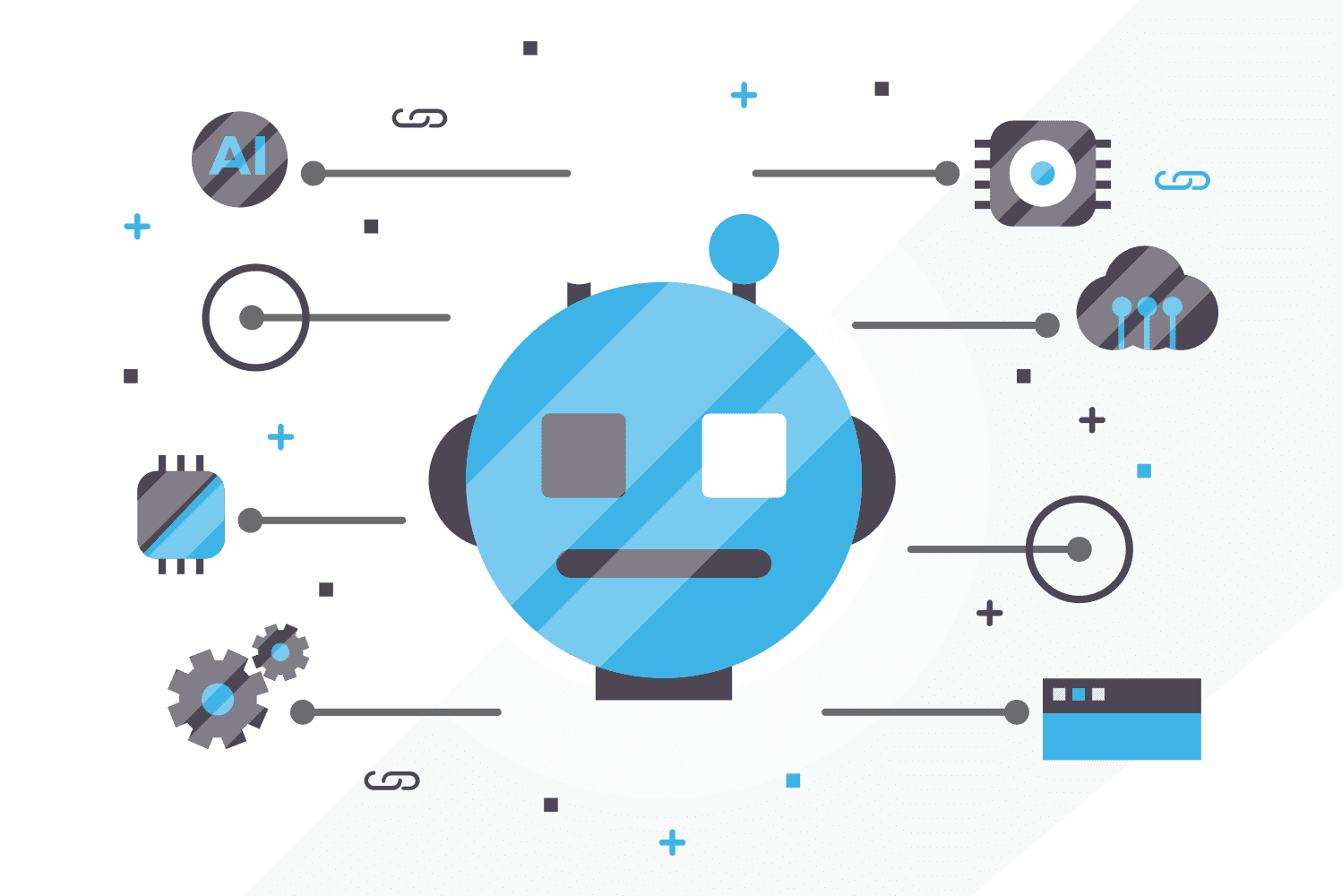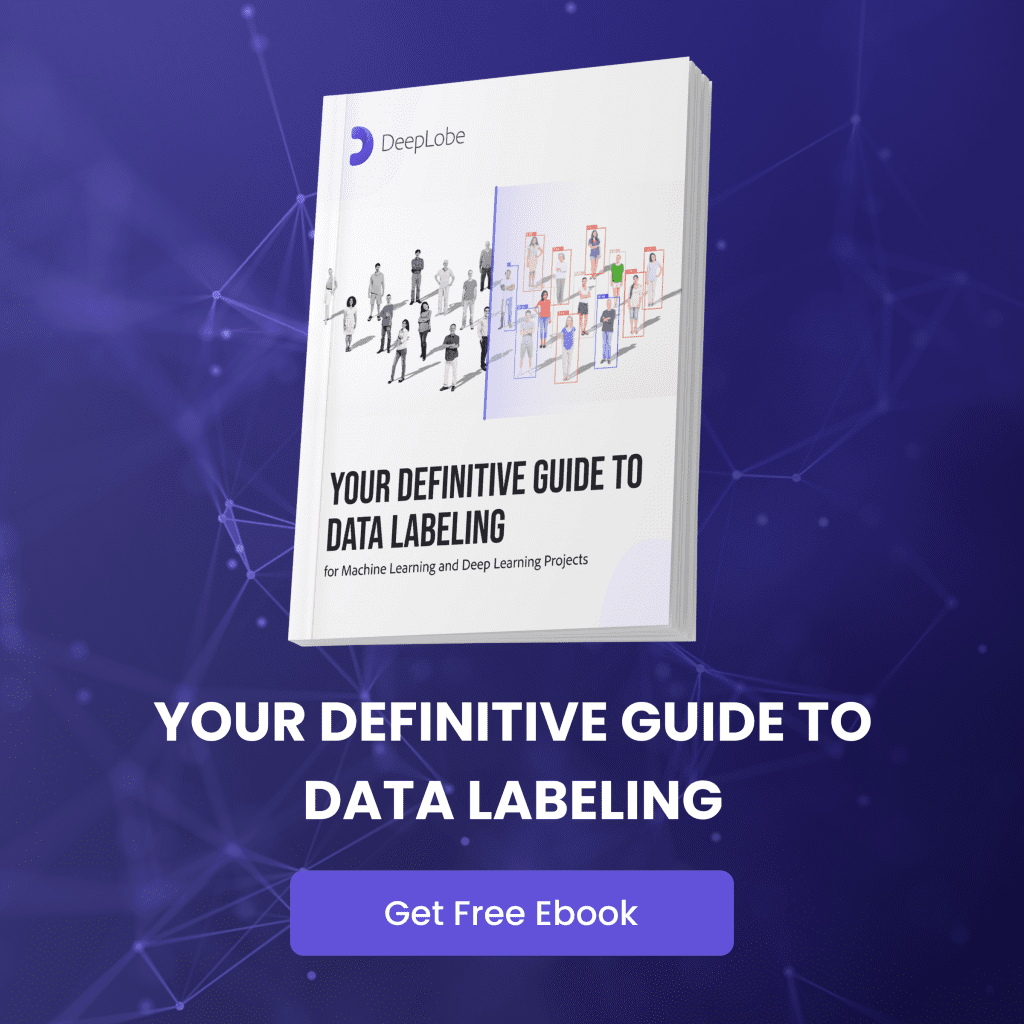
adminNovember 7, 2024Uncategorized
The demand for real-time data processing has expanded across industries, from manufacturing and healthcare to retail and smart cities. This shift is especially noticeable in computer vision, where businesses and organizations require near-instantaneous analytics from devices deployed in the field. Edge AI—a technology that enables processing directly on IoT devices or local servers—has emerged as a powerful enabler for real-time computer vision applications, transforming how devices perceive, interpret, and respond to visual data.
Here, we will explore how Edge AI empowers computer vision in IoT devices, its advantages over traditional cloud-based processing, and its impact on industries relying on rapid data-driven decisions.
Edge AI in Computer Vision
Traditional computer vision systems typically rely on cloud computing, where data is sent to a centralized server for processing before results are transmitted back to the device. While effective, this approach can introduce latency due to the time taken to transfer data to and from the cloud. For applications where speed is critical—such as autonomous driving, smart surveillance, and robotic automation—this latency can be a significant bottleneck. Edge AI addresses this issue by shifting the computational load to the device itself, allowing data to be processed at or near the source, thus enabling real-time analytics.
Edge AI, combined with computer vision, empowers IoT devices to analyze visual data immediately as it’s captured, without the need for constant cloud connectivity. This capability is crucial for applications that require fast decision-making, improved security, and reduced bandwidth usage.
Key Advantages of Edge AI for Computer Vision in IoT
1. Real-Time Processing and Decision-Making
With Edge AI, IoT devices can process visual data locally, enabling them to analyze images and videos with minimal latency. This near-instantaneous processing is essential for real-time decision-making in applications like quality control in manufacturing, where defects need to be identified as products move along a conveyor belt, or in autonomous vehicles, which require split-second analysis to identify road conditions, objects, and pedestrians.
2. Enhanced Data Privacy and Security
One of the major concerns with cloud-based processing is data security. Transmitting sensitive visual data to the cloud introduces vulnerabilities that can expose data to interception or breaches. Edge AI mitigates this risk by keeping data processing local to the device, reducing the need for data transfer and minimizing security risks. This capability is especially valuable in healthcare and surveillance, where privacy regulations and security are paramount.
3. Reduced Bandwidth and Cloud Costs
In traditional cloud-based architectures, continuous data transfer from devices to the cloud can be both costly and bandwidth-intensive. By enabling on-device processing, Edge AI reduces the amount of data that needs to be sent to the cloud, cutting down on bandwidth requirements and cloud storage costs. For applications such as remote monitoring in agriculture or smart cities, this efficiency translates to significant cost savings over time.
4. Resilience in Connectivity-Constrained Environments
Edge AI allows IoT devices to function autonomously, even in areas with limited or intermittent connectivity. By performing computer vision tasks locally, devices can continue to operate and make decisions without relying on a stable internet connection. This resilience is particularly useful in remote locations, such as oil rigs, mining sites, and rural farms, where connectivity may be unreliable.
Applications of Edge AI-Enabled Computer Vision Across Industries
Manufacturing and Quality Control
Edge AI-equipped cameras and sensors can perform continuous quality checks to identify defects in real time. By catching errors at the source, manufacturers can maintain high-quality standards and reduce wastage without the need for centralized cloud processing. Real-time quality control also enhances production line efficiency, ensuring quick interventions when deviations are detected.
Retail and Customer Experience Enhancement
Retailers are using Edge AI to enhance customer experiences through real-time analytics. Edge-powered computer vision systems can track foot traffic patterns, monitor inventory, and optimize store layouts based on customer movements. This technology can also support contactless checkout solutions, where items are automatically detected as they are picked up or put back, providing a seamless shopping experience.
Smart Cities and Public Safety
Smart cities rely heavily on IoT devices to monitor and manage urban infrastructure. Edge AI enables real-time analysis of video feeds from traffic cameras, helping to identify congestion, monitor road conditions, and even detect potential accidents or hazards. In public safety applications, such as surveillance, Edge AI can identify unusual or suspicious behavior, issuing alerts in real time to prevent incidents.
Healthcare and Patient Monitoring
In healthcare, edge-enabled computer vision is transforming patient monitoring by allowing devices to detect changes in a patient’s condition immediately. For instance, an edge AI camera can monitor patients’ movements, track vitals, and alert healthcare providers to falls or other emergencies, ensuring timely interventions. This capability is also beneficial in remote or home-care settings, where continuous connectivity may not be feasible.
The Technology Behind Edge AI and Computer Vision
The success of Edge AI in computer vision applications is largely due to advancements in specialized hardware, such as GPUs (Graphics Processing Units) and TPUs (Tensor Processing Units) designed for edge environments. These processors are optimized to handle the intense computational requirements of computer vision algorithms, enabling IoT devices to perform complex tasks with minimal energy consumption.
Advances in software frameworks have been instrumental in making Edge AI and computer vision feasible for IoT devices. Frameworks like LiteRT, OpenVINO, and NVIDIA DeepStream SDK allow developers to optimize machine learning models to run efficiently on edge hardware. These tools enable complex vision models, such as convolutional neural networks (CNNs), to perform real-time inference on resource-limited devices while conserving energy and maintaining accuracy.
For instance, LiteRT is tailored for mobile and embedded devices, enabling computer vision models to work efficiently with reduced memory and computational demands. OpenVINO, optimized for Intel hardware, facilitates accelerated inference on CPUs, GPUs, and VPUs (Vision Processing Units), ensuring high-performance analytics on edge devices. NVIDIA DeepStream provides a comprehensive toolkit for deploying AI-powered video analytics at the edge, making it particularly valuable for applications in surveillance and retail analytics.
Challenges and Considerations in Implementing Edge AI for Computer Vision
While Edge AI offers significant benefits, implementing computer vision at the edge also comes with challenges:
Model Optimization: Deploying deep learning models on resource-constrained edge devices requires meticulous model optimization. Balancing accuracy with speed and efficiency often involves compressing models and reducing computational load, which can be technically complex.
Energy Efficiency: Many IoT devices operate on limited power sources, making energy efficiency a priority. Advanced edge processors and efficient software frameworks are essential to minimize power consumption without compromising performance.
Data Security: While edge computing reduces data transmission to the cloud, ensuring device-level data security is crucial. Encryption, secure boot, and regular firmware updates are necessary to protect sensitive data.
Scalability: Scaling edge devices across locations or applications can present logistical and maintenance challenges, especially in environments where hardware updates or repairs are difficult.
Despite these challenges, the continued advancements in edge computing and AI frameworks make the implementation of Edge AI for computer vision increasingly practical and impactful.
Edge AI and computer vision have the potential to redefine real-time analytics, bringing intelligence to IoT devices and transforming industries that rely on rapid, data-driven insights. From enhancing safety and operational efficiency to enabling new customer experiences, Edge AI is poised to be a cornerstone of intelligent, connected systems across the globe.
The integration of Edge AI with computer vision in IoT devices is unlocking new possibilities for real-time analytics, driving efficiency, reducing latency, and improving data security across diverse applications. For organizations looking to leverage this technology, understanding the capabilities and challenges of Edge AI is essential to unlocking its full potential.
DeepLobe remains at the forefront of delivering scalable, reliable, no-code, computer vision and AI solutions that empower businesses to stay ahead in an increasingly data-centric world. For more information and to book a free demo, contact us.
